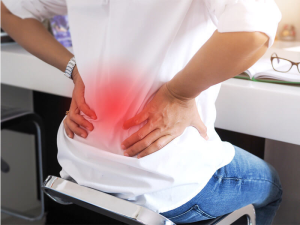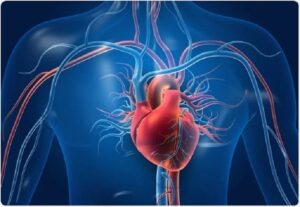
Back pain, a prevalent ailment affecting people worldwide, is often described as a frustrating and debilitating condition. It can arise due to various factors and affect different regions of the back. Exploring the complexities and nuances of back pain is crucial to better understanding its causes, prevention, and management. In this article, we delve into the realm of back pain and explore its multifaceted nature.
The Anatomy of the Back
To comprehend back pain, it is essential to understand the intricate structure of the back. The human back consists of the spinal column, vertebrae, discs, muscles, ligaments, and nerves. The spine plays a vital role in supporting the body, protecting the spinal cord, and facilitating movement. Any disruption or injury to these components can result in back pain. Check out Ortho Spineworks to learn more about types of back pain and the conditions that may arise.
Types of Back Pain
Back pain is a broad term encompassing various conditions and classifications. It can be categorized based on the affected region, duration, and underlying causes. Some common types include:
- Axial pain: This is the most common form of back pain, characterized by discomfort in the lower back. It typically arises due to muscle strain, poor posture, or degenerative conditions.
- Radicular pain: This type of pain occurs when nerves become compressed or irritated. It often manifests as shooting or radiating pain that travels down the leg. Sciatica is a well-known example of radicular pain.
- Upper back pain: Unlike lower back pain, upper back pain is less common. It can be attributed to poor posture, muscle strain, or underlying medical conditions.
Causes and Risk Factors
Back pain can stem from a wide range of causes. Some common factors include:
- Muscle or ligament strain: Lifting heavy objects, sudden movements, or poor posture can strain the muscles and ligaments of the back, leading to pain.
- Structural problems: Conditions like herniated discs, spinal stenosis, or scoliosis can cause chronic back pain.
- Age-related wear and tear: As we age, the spinal discs degenerate, leading to conditions such as osteoarthritis or degenerative disc disease.
- Sedentary lifestyle: Lack of physical activity, prolonged sitting, or a desk-bound job can weaken the back muscles and contribute to pain.
Prevention and Management
Preventing back pain involves adopting a holistic approach to maintaining a healthy back. Some strategies include:
- Exercise and stretching: Engaging in regular physical activity helps strengthen the back muscles, enhance flexibility, and improve posture.
- Maintaining proper posture: Being mindful of posture during daily activities and using ergonomic furniture can reduce strain on the back.
- Lifting techniques: Employing proper lifting techniques, such as bending the knees and using the legs instead of the back, can prevent strain.
- Weight management: Maintaining a healthy weight alleviates stress on the back and reduces the risk of developing back pain.
When it comes to managing back pain, treatments may vary depending on the underlying cause. Some common approaches include:
- Physical therapy: Targeted exercises, stretching, and manual therapy techniques can alleviate pain and improve mobility.
- Medications: Over-the-counter pain relievers or prescription medications may be recommended to manage acute or chronic pain.
- Alternative therapies: Techniques like acupuncture, chiropractic care, or massage therapy can provide relief for some individuals.
- Surgical interventions: In severe cases, surgical procedures may be required to address structural issues contributing to back pain.
Conclusion
Back pain is a complex and multifaceted condition that can significantly impact an individual’s quality of life. Understanding its causes, adopting preventive measures, and exploring various management options are crucial for mitigating its impact. By prioritizing back health, practicing good posture, and leading an active lifestyle, individuals can strive towards a pain-free back, allowing them to enjoy life to the fullest.








